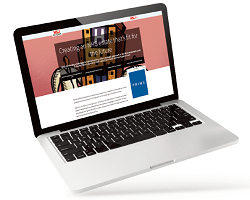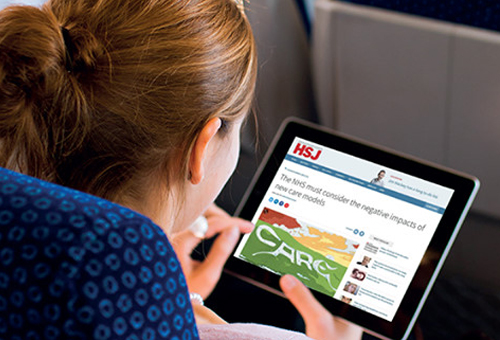From remote patient monitoring to the NHS App, the health service is embracing digital innovation like never before.
The government’s 10-Year Health Plan has outlined how the NHS will be reinvented: three radical shifts, underpinned by technology. But as healthcare becomes more connected and community-based, it also becomes more exposed. We have seen from high-profile ransomware incidents the scale and impact cybersecurity attacks can have on patients and clinical services; delays to urgent diagnostics, results, and procedures, and clinicians locked out of critical systems with serious consequences.
Sponsored and written by
Cyberattacks don’t just disrupt systems; they can disrupt lives. As their complexity grows, so does the potential for patient safety incidents 1.
The summer months often bring heightened risk. With a more mobile workforce, reduced staffing numbers, and delayed patching cycles, vulnerabilities can surface more easily – making this a critical time for healthcare professionals to assess and strengthen cyber readiness.
But the nature of the threat is also changing.
Where once cyberattacks focused primarily on desktop systems, today’s threats are increasingly mobile-first and socially engineered. Techniques such as quishing (QR code scams), phishing (fraudulent emails), smishing (text message scams), and executive impersonation attacks are becoming increasingly targeted, often reaching staff on their work or personal mobile devices – the same tools they rely on for their day-to-day tasks and communications. That’s why human-centric security is essential. It must support iOS and Android devices equally, uphold data privacy, and enable risk-based protection without scanning personal content – aligning with both GDPR and clinical safety standards.
Cybersecurity is broad and complex, as outlined in the NHS cyber strategy, but mobile security is often one of the most overlooked areas. Compared to desktops, mobile endpoints – including personal devices in bring your own device (BYOD) environments – can sometimes lack the same level of visibility, policy enforcement, or platform parity. Yet they play a vital role in building a complete and resilient approach.
Resilience, however, isn’t something the NHS can build alone. With increasing scrutiny on supply chain risks, NHS England’s Cyber Security Strategy and Charter make it clear: suppliers must demonstrate shared accountability. This requires more than just compliance; it needs collaboration. Meeting baseline protections, such as the Cyber Essentials standards set by the National Cyber Security Centre, is a crucial step in demonstrating that commitment.
It’s here that trusted partners have a role to play. Vodafone provides resilient infrastructure and secure connectivity for healthcare providers, such as the NHS, working alongside specialist mobile security partners such as Lookout. Lookout’s capabilities include advanced phishing protection, mobile Endpoint Detection and Response (EDR), and integration with NHS-used platforms like VMware Workspace ONE. From mobile-specific threat detection to privacy-first BYOD protection, there are technologies that can help healthcare organisations meet the moment not just in terms of compliance, but in capability.
Cybersecurity isn’t just about preventing disruption. It’s about protecting trust between patients, clinicians, and the digital systems that increasingly connect them.
Read more about the evolving mobile threat landscape in healthcare here: Cybersecurity in the healthcare industry.
Reference:
1 https://therecord.media/uk-nhs-data-two-cyberattacks-clinical-harm-2024































